Description
Falcon Penannular Brooch
This falcon brooch is hand-crafted in bronze or sterling silver. Outer diameter – 2 inches (51 mm). Perfect for great kilts, ancient kilts, fly plaids earasaids, renaissance attire and more.
Mankind has long prized the falcon for its ability as a hunter. The falcon motif is common in Celtic, Saxon, and Viking artwork. It was originally a Scythian symbol, used to decorate weapons, armor and jewelry, and may have been a charm against death.
- Handmade in the USA
- Bronze or Sterling Silver
- Measures Approx. 2″ (51 mm)
- Falcon Head Terminals
Falcons
40 species of falcon live on all continents except for Antarctica. Thin, tapered wings allow them to fly fast and change direction quickly. Unlike hawks and eagles that kill with their feet, falcons use a tooth inside their beaks. Females are larger than males, allowing them a wider range of prey. Their vision is 2.6 times a normal human’s. To top it off, they move faster than any other creature at 390 km/h while diving.
The kestrel is a species of falcon in Scotland. The population of kestrels declined in the 70s, and now sits on the Amber List of endangered birds of the UK. Amber is the second most critical group. Click here to read more about the amber list.
The History of The Penannular Brooch
Also known as the “Celtic brooch”, the penannular brooch is used to fasten clothes. Our customers often use them to fasten fly plaids, the aprons of ancient kilts, and the extra fabric of great kilts. Jamie Fraser from OUTLANDER wears one to fasten his great kilt (one similar to our Wrought Iron brooch). The name comes from the fact that it is made of an incomplete ring. People associate them with the British Isles of the Early Medieval period the most.
People of Iron Age Europe first used them for the practical purpose of fastening clothing. Elites of Ireland and Scotland from 700-900 owned highly ornate brooches made of precious metal. They are the most significant non-religious metalwork from Early Medieval Celtic art. Celts continued to use more simple brooches, such as a thistle brooch, into the 11th century Viking age in Ireland and Scotland.
Both men and women wore these brooches. The men wore them at the shoulder and women at the breast with the pin pointing up. An Irish law stated that the wearer was not at fault for an injury sustained from the pin of a brooch if the pin is pointed up and does not project too far out.
Elites and clergy in Ireland wore the most elaborate brooches. The clergy likely wore them only for ceremonial purposes to fasten copes and other vestments. An Irish statute stated that sons of major kings that are fostered should wear gold brooches with crystal inserts. The sons of minor kings only needed to wear silver brooches. This means that our 3 Stone Penannular Brooch resembles those worn by the sons of major kings, because of the crystal inserts.
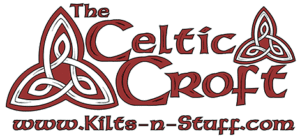

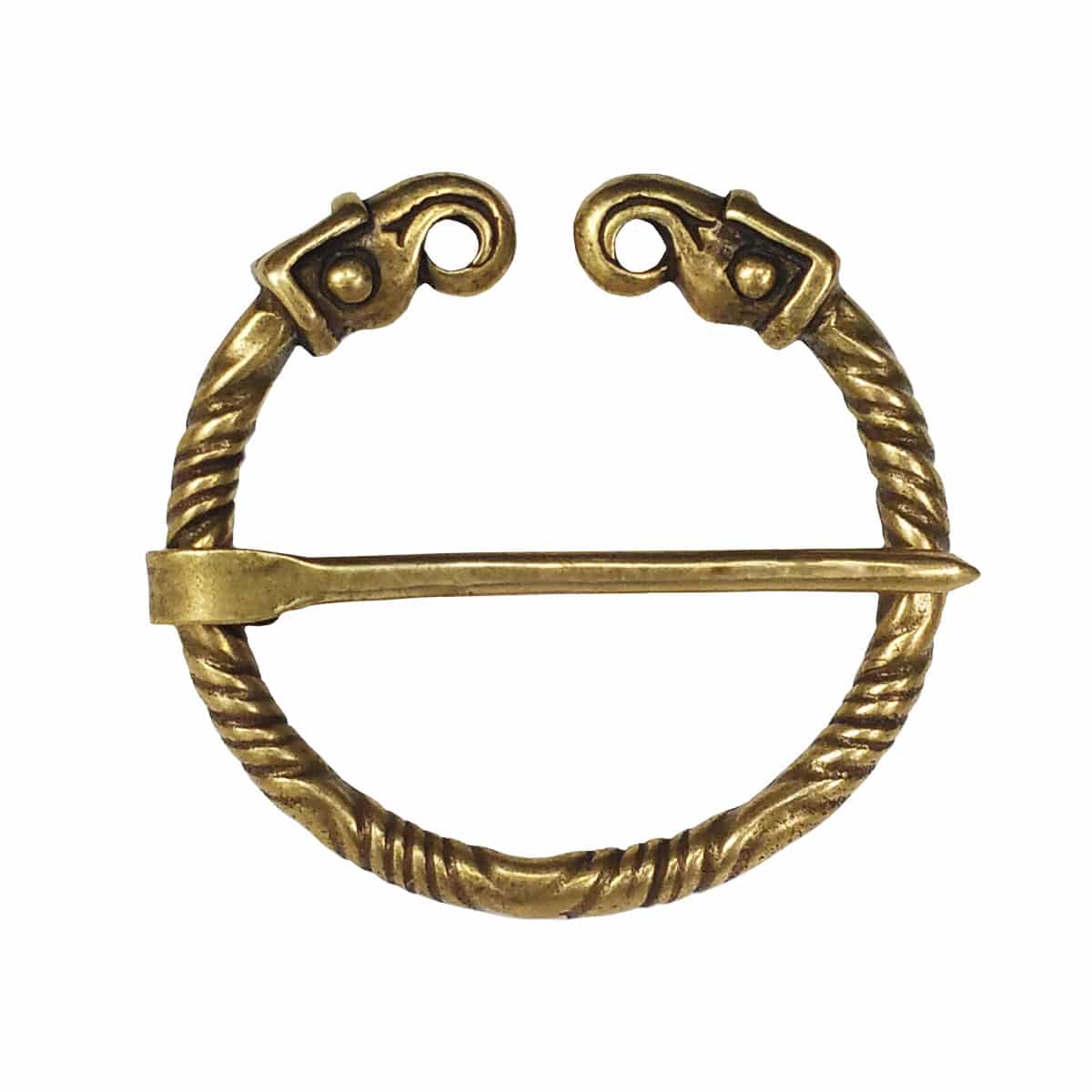
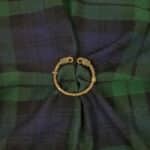
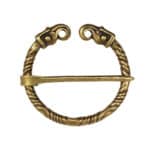
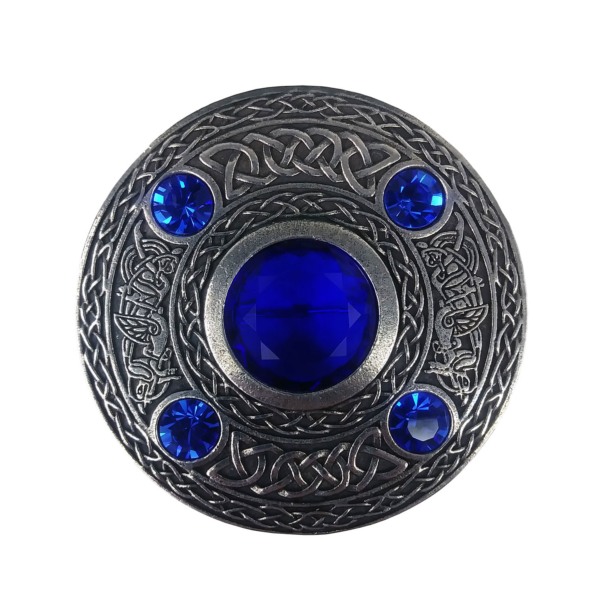


Reviews
There are no reviews yet